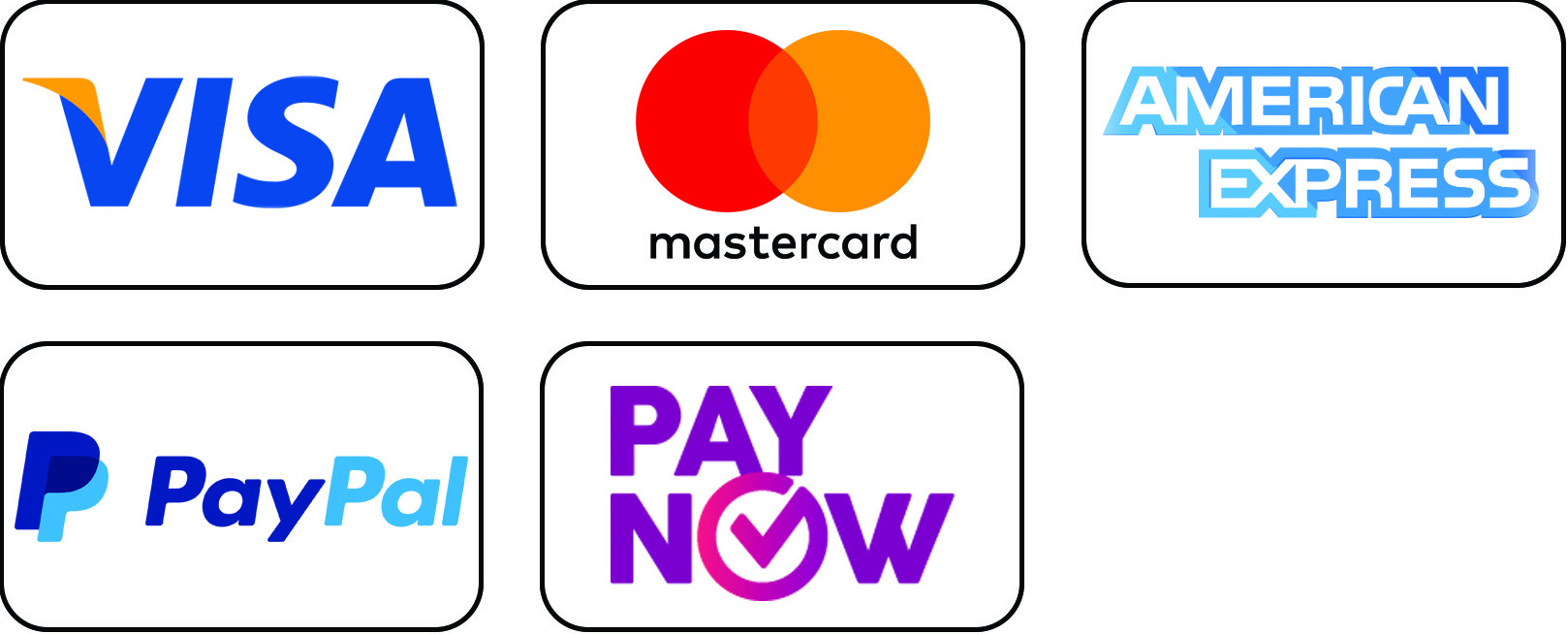Inks for large/wide format printing
Here is an article for you to understand what type of machine is suitable for your business. As you know there are many different types of machines with different ink types for different uses… they are all a question mark to most commercial printers. Often than not, you will find yourself just following what others recommend to you and find that the particular machine that you have bought cannot be printed on certain material supplies available in the market, and you get stuck with the purchase and not able to refund, which causes you a great business loss!
Before you dive into a new large-format printer, you must carefully consider what you want to accomplish and which ink set will help you get there. The cost of ink is a large consideration, but there are also the considerations of durability, colour brightness and speed.
There are many varieties of inks available in the digital printing arena, from solvent and eco-solvent to latex, UV, solvent UV, dye based and dye sublimation. All inks have a few main components in common: a colorant (dye or pigment) and a carrier liquid. One of the defining qualities is the process where the color is adhered to the material or substrate.
This article will briefly touch on the pros and cons of each to help you make the best decision for your business.
Solvent Ink: Solvent ink refers to the oil-based solution that holds the pigment and resin, and has the advantage of being fade-resistant, waterproof and resistant to abrasion. Solvent ink can print on many different uncoated banners and vinyls, allowing the pigment to bond better. The solvent then evaporates, or is flashed off with the heaters on the printer, leaving the pigment behind.
This ink will typically resist fading for five to seven years, and is excellent for use with long-term outdoor banners and vinyls. Because volatile organic compounds (VOCs) are present, venting really is a must for this ink.
It does not take a lot of heat for the carrier to evaporate, and because the oil-based solution is so corrosive, a print head with solvent ink is easily clogged. Regular cleanings are mandatory to keep this printer running well. Letting a solvent printer sit around for a few days without maintenance will most likely result in the printer needing a new print head.
Eco-Solvent: The liquid solution in eco-solvent ink comes from ether extracts taken from refined mineral oil. Low- or light-solvent is used in this type of ink.
Eco-solvent ink can print on many uncoated substrates and takes longer to dry out than solvent ink, making the maintenance of an eco-solvent printer less time consuming than a solvent machine. Once-a-week maintenance is usually sufficient to maintain a printer using this ink. It will typically take two to three years before the ink begins to fade, and it is waterproof and resistant to abrasion.
Much like solvent printers, the printers using eco-solvent inks use heat to evaporate the solution away. Alcohol and glass cleaner can remove this ink, so durability is not as good as a true solvent ink.
All will offer the standard cyan (C), magenta (M), yellow (Y) and black (K), but from there you may be looking at orange, green, violet, light cyan (LC), light magenta (LM), light black (LK), white, and even silver or metallic. It’s important to note that LC, LM and LK enhance C, M and K, but they do not substantially extend the gamut of the printer. When orange, green or violet are available, the color gamut will increase.
Eco-solvent inks are great for POS/POP, banner, vinyl, wall graphics, trade show graphics, window perforated, treated papers and some fabrics that have an inkjet receptive coating.
Latex Inks: Latex inks are pigmented, water-based inks that use an aqueous-dispersed polymer. There are no VOCs with water-based latex inks, so no venting is necessary. The print comes out of the printer completely cured and may be laminated immediately.
One manufacturer uses radiant heaters and airflow incorporated into the printer to evaporate the ink’s liquid, which causes the latex polymer particles to coalesce, forming a polymer layer that adheres to the print media and encapsulates the pigment. This manufacturer also uses replaceable print heads, so it is important to factor that into the cost of operation. Another manufacturer uses ceramic radiated plates for a constant and even heat source.
Latex inks are not as corrosive as solvent or eco-solvent inks, so the overall maintenance requirements are less. Latex inks stretch well, and there is no need to wait for outgassing before laminating. This means they have a higher production speed, and therefore they have become very popular to use for vehicle graphics.
Latex inks are great for POS/POP, banner, vinyl, papers and films. Be sure to test for the effect of the heat on the substrate, as some may be affected depending on the heat required. They can print on many fabrics, even those that have not been treated.
UV-Curable: The most common type of UV-curable ink used in digital printing is composed mainly of oligomer and monomer acrylate resins along with photo initiators. When this composition is exposed to UV radiation, free radicals are released that cause the polymerization of the compound to harden to a dry ink film. The pigment is then encapsulated within this film. This type of UV radiation can be an LED light source (low-heat, long-life) or a mercury arc lamp (higher heat, shorter life).
UV-curable inks do not evaporate like solvent inks, and instead are “cured” when the UV light system of the printer passes overhead. Because of the low viscosity of UV-curable inks and because they do not penetrate into the media, they use less volume than solvent, eco-solvent or latex. Though the ink itself can be as expensive, the amount used is less, which makes it an economical choice.
UV-curable inks adhere well to most surfaces, especially vinyl especially, and are not recommended for use with materials that will stretch, such as a vehicle wrap. UV-curable inks dry almost immediately and build up on top of the media, and when run at high speeds can create a banding effect. Print head maintenance is similar to eco-solvent inks, so these print systems do not require ventilation, as they don’t emit harmful VOCs.
UV-curable inks do not have as long of a shelf life as other inks. It is not recommended to use only a partial bottle of ink when refilling the printer, because once it is exposed to UV light it will begin to “cure.” If you are using inks in a cartridge, be mindful of the expiration date and rotate the inks in your stock. These inks have been known to cure to a solid mass inside of the cartridge and ink lines. Inks should be stored in a room with little temperature variation.
Printing directly onto rigid substrates is the big benefit of UV-curable ink. The time and money saved are well worth the investment. Some substrates may require the use of a primer to ensure that the ink adheres properly.
UV-curable inks are great for rigid boards, glass, wood, metal, POS/POP and for roll materials such as banners, vinyls and many fabrics.
Aqueous Inks(Dye based inks): Aqueous inks are liquid based (sometimes water, and other times a substitute liquid) with either colorants or pigment particles. They are typically described as dye inks. There is also outdoor dye based ink for that are used for short-term outdoor.
These inks are great for POS/POP displays, indoor posters and some trade show graphics as long as they are laminated, and are used primarily as indoor applications. The dye-based inks are able to produce very vibrant colors, but the trade-off is that they are not water- or abrasion-resistant, and exposure to any UV light source, such as indoor fluorescent bulbs, will cause them to fade. The outdoor dye based ink, on the other hand, are water-resistant and have some UV exposure durability. Both of these inks need media that have an inkjet-receptive coating, which means the available media options are not as varied as with solvent or true UV-curable inks, and they are typically more expensive.
Dye Sublimation: When using dye sublimation to print on textiles, it’s important to match the appropriate ink chemistry with the corresponding fabric type. The first type is acid dyes, which are used for silk, nylon and wool. Reactive dyes are used for cotton, rayon, linen and silk (the fabric must be pretreated prior to printing). Acid and reactive dyes are “steamed” to fix the dyes to the fabric. Reactive dyes take about half the time to steam as acid dyes. In both cases, the fabric must be washed after the steaming to remove any excess or non-fixed ink.
Disperse dyes are used for polyester and there are two forms of disperse inks. The first is low-energy disperse, which is typically printed onto a paper and then transferred to the polyester through the use of a heat press. The second is high-energy disperse, which is printed directly onto polyester and then cured through the use of an oven or a transfer press.
Dye sublimation has many qualities different from “traditional” inks. For one, switching from one set or color to another is as easy as draining the lines, running some cleaner through, and then refilling with the new ink set or color. Different manufacturers have different pigment versus solution (water) loads, which can make for big differences in available color gamuts as well as the cost of printing. Another option with dye sublimation inks is to have a variety of fluorescent spot colors to help with matching to a specific brand color.
These inks can be printed onto thousands of fabrics, and some can be transferred from paper to rigid surfaces, such as mugs, caps, etc.
Third Party or Non-OEM: I would be remiss if I didn’t mention the availability of non-OEM or third party inks. These inks are available in many of the ink types listed above; however, it is important to note that the use of a non-OEM ink can make it more difficult and sometimes costly to keep the printer serviced. It is important to check with your printer manufacturer or service provider before switching away from the OEM inks. I know of both successes and problems in the third-party debate, so good communication with whomever you use to service the printer will help avoid any problems.
After considering and understanding the different types of ink available in the market for your type of usage, you can make a more informed decision about the right ink for your application—and cost may not be the deciding factor. Take the time to know what you want to accomplish and investigate the options so that you make the right selection for your operation, and thus the machine will be able to bring beautiful prints for your customers and in turn satisfied and returning customers!














